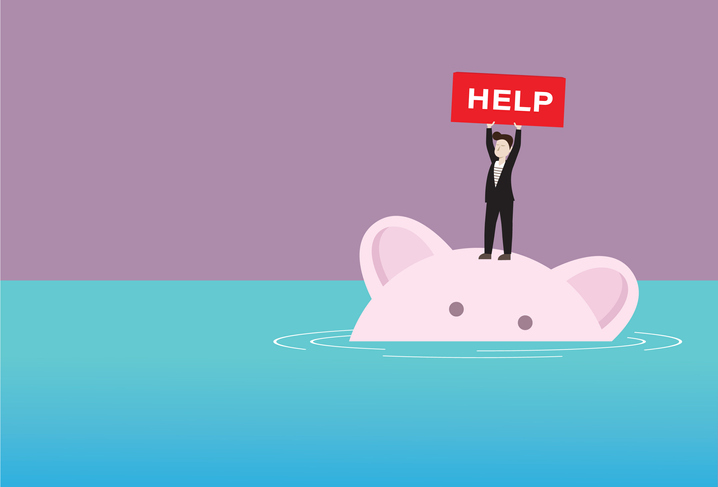
Federal Reserve Chair Jerome H. Powell warned on Tuesday that “the economic road ahead...
Read More

In influcencermarketinghub.com’s “Covid-19 Marketing Ad Spend Report,” we read wha...
Read More

In a May 12 article on cpapracticeadvisor.com, ”Small businesses continue to open an...
Read More